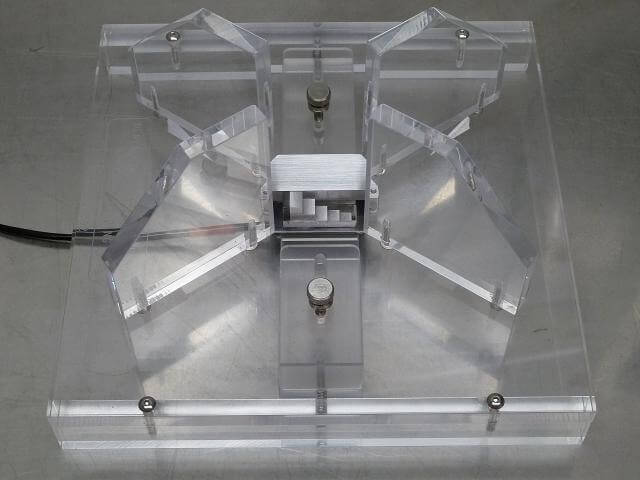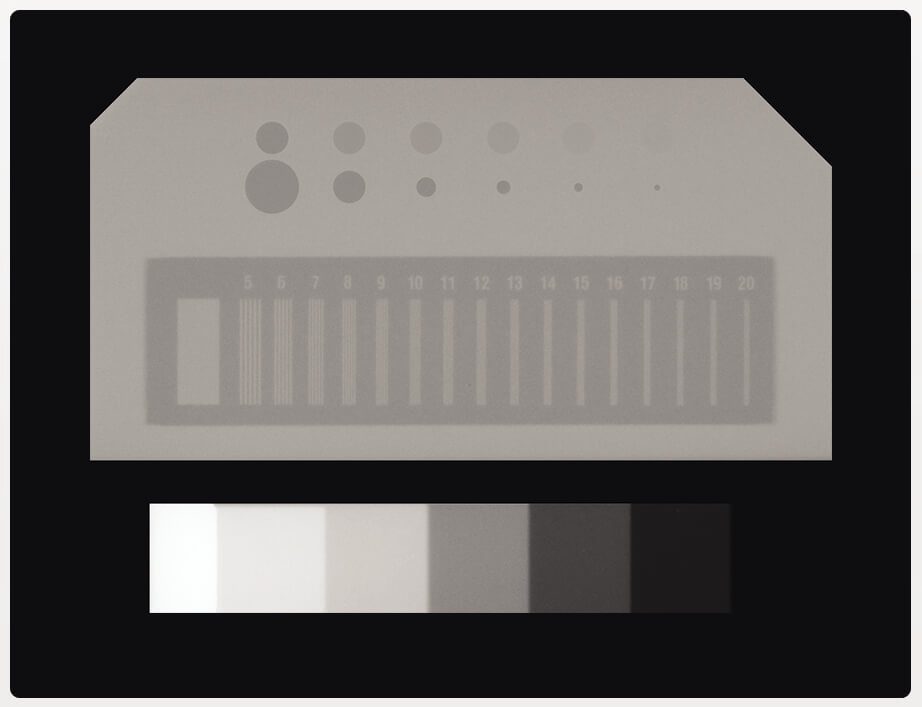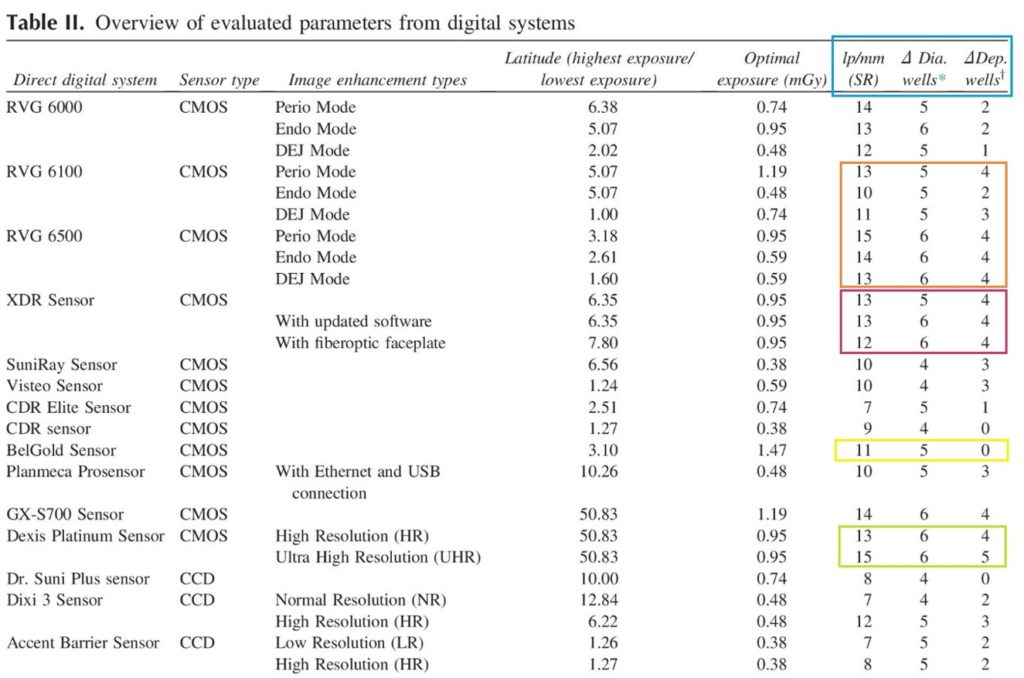Objective
A team out of the University of Texas Health Science Center decided to provide the industry with an objective, peer reviewed comparison of 20 intraoral digital systems.
Design
Using a radiographic phantom, a series of radiographs was taken to evaluate gray scale, spatial resolution, and contrast/detail detectability. Over 30 hardware/software systems were evaluated, including sensor and phosphor storage plate systems. Important measurements included each system’s line pair per mm (spatial resolution) and its ability to detect wells of varying depth (contrast resolution).


Results
In the study’s Table II, a limited number of systems were shown to register at least 13 line pair/mm and at least 4 depth wells – among them the XDR Anatomic Sensor using XDR Software. The study employed a unique method for line pair/mm measurement which yielded values below those claimed by any of the tested systems. Still, the reported values clearly exhibit a top tier in imaging.
The study also showed the importance of imaging software as part of an overall imaging system. The Belgold system used a sensor with essentially the same pixel technology as XDR’s Anatomic. However, the Belgold’s software was an Apteryx derivative, resulting in performance far out of the top tier. (Subsequently, XDR offered Apteryx a plug-in to provide XDR capture technology to the XrayVision platform.)
|
|
Conclusion
Not all sensors are the same. Not all imaging software is the same. And when they are integrated into systems, there are measurable differences in performance – differences that have been published as part of a peer-reviewed study.
[Mah, P., McDavid, W.D., Dove, S.B. QA Phantom for digital dental imaging. Oral Surg Oral Med Oral Pathol Oral Radiol Endod. 2011;112:632–639 (e-pub 2011 Sep 8).]
